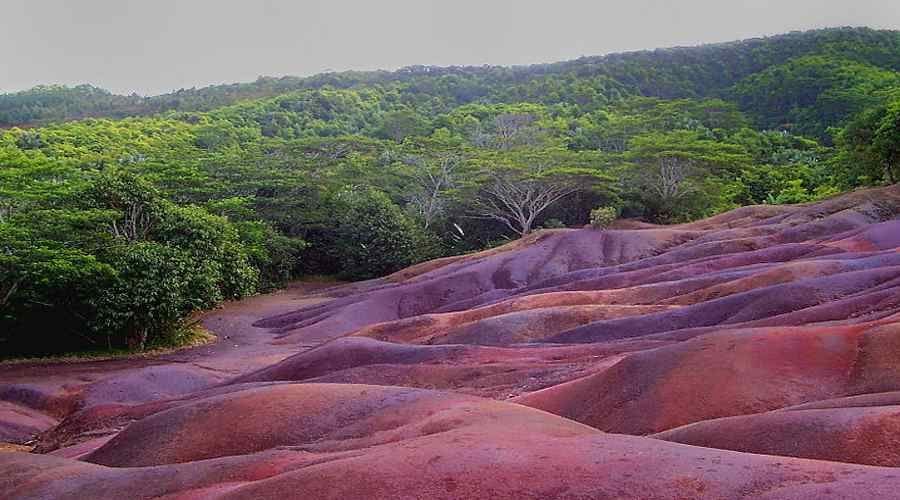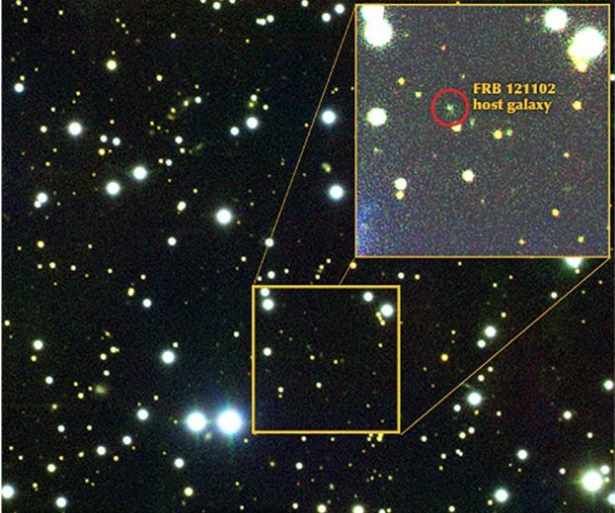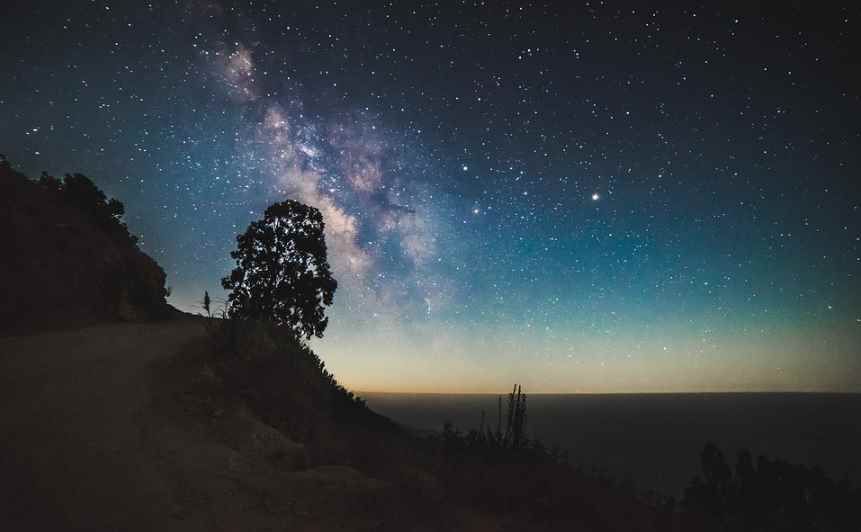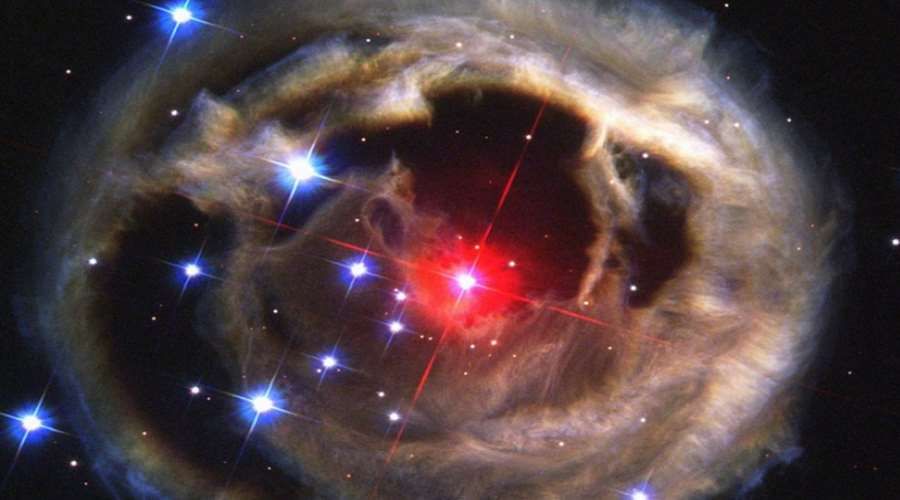Taurids may be the source of a cosmic catastrophe
There is a stream of cosmic bodies in the Tauride swarm, the largest of which, if they collide, could cause the catastrophe of an entire continent. The next encounter with the dangerous stream – in 2019.
Taurids are rój meteoróin, whichóry arose about 30-40,000 years ago as a result of a catastrophe, to which theóThe event took place in the inner Solar System. It was destroyed in theóAt the time, a body with a size of several or even more than a dozen kilometersów. The resultingób remains move in an orbit, whichóra as far as dwóch places intersects with the orbit of our planet, making the Earth fall into the r twice a yearój space debrisóin, called Taurids.
Normally, Taurids are not a swarm attractive to observe. In their case, we can only count on 5-10 meteoritesów per hour. This is not much in cfóIn relation to the most famous swarm, Perseidów, during whichówhich during the hour you can see up to 100-200 meteorsów.
An encounter to whichóre that occurs in October and November each year, results in two swarms of meteorsów: Taurids PóThe northern and southern. Summer encounter, to whichórego occurs in late June and early July, is little known, because the activity of the associated meteor swarmów (Beta Taurids) is only observable during the daytime. Taurids, however, are not as inconspicuous as they might seem. The summer swarm is most likely associated with one of the biggest cosmic disasters of the last few hundred years, the famous Tunguska catastrophe.
Observations of Polish astronomersóIn operating as part of the Polish Bolide Network, the. Polish Fireball Network – PFN) show that in the Tauryd complexóin there is a narrow stream of cosmic bodies, with któhe largest of them, if they collide with Earth, could cause a continent-wide catastrophe.
– Moreover, the jet does not tend to diverge over time, but is stably maintained by resonance with Jupiter’s orbit. The disturbing news does not end there. In 2019 there will be another encounter between the Earth and the resonant stream. This time it will be a daytime encounter, at the end of June and the beginning of July – that is, exactly during which theórego appeared the Tunguska catastrophe. As if that wasn’t enough, it will be an even closer encounter than during the very high and abundant bolide years of 2005 and 2015, reports PAP dr. hab. . M. Copernicus University in Warsaw.
Scientists from the Polish Bolide Network have identified as many as 10 asteroids ranging in size from tens to hundreds of metersów, whichóre move in orbits virtually the same as the Taurids.
– And since Taurids hit our atmosphere causing meteor phenomenaów, nothing prevents an encounter with a larger body. The more so because the Tunguska catastrophe, which theóThe event was caused by an object with a size of about 50-100 metersów, shows clearly that such things can happen,” explains Dr. Olech.
Taurides – exceptionally bright meteors
In the early 1990s. In the 1970s, the Taurids became of interest to David Asher of Armagh Observatory as part of his PhD work. He noted that, once in a while, observers report that Tauride maximaów are higher than usual and contain a large number of very bright meteorsóin (the so-called. bolideów). The swarm model he constructed explained this behavior by the existence of a narrow and compact stream of particles – one compact meteoroid beamów – midród fuzzy stream of Tauridsów. When the Earth just meets it, Taurids are more active and show more bright phenomena.
– Asher’s model predicted that up to dwóch very close encounters between Earth and the resonant jet will occur in 2005 and then in 2015,” explains Dr. Olech.
Tauride maximumów in 2005, with the help of as many as seven stations – based on digital imaging techniques – observed the Comet and Meteor Laboratoryów – Polish Bolide Network. Ten years póź, during the 2015 maximum, used as many as 25 stations for observations.
The observations fully confirmed David Asher’s model. In addition, for the 2005 data, scientists have determined 37 precise orbits of Taurideów, and for 2015 data their number rose to 215. Amongód of them were phenomena as bright as e.g. Okonek bolide on October 31, 2015, który was as much as 20 times brighter than the full moon, and whichórego appearance was widely reported in the media.
The results of the observations of both maximaów was described in an article accepted for publication in a prestigious scientific journal "Monthly Notices of the Royal Astronomical Society". The first author is Dr. hab. Arkadiusz Olech, but the list of authoróThe w contains as many as 30 names, postód whichórych are all operators of bolide stations, whichóers have provided data for analysis. They are postód them zaróBoth professional astronomers and astronomy enthusiasts.









